While ethnographers and the data they produce already play a role in affecting industry practices, there is potential to integrate anthropological ways of seeing and knowing into a shared transdisciplinary...
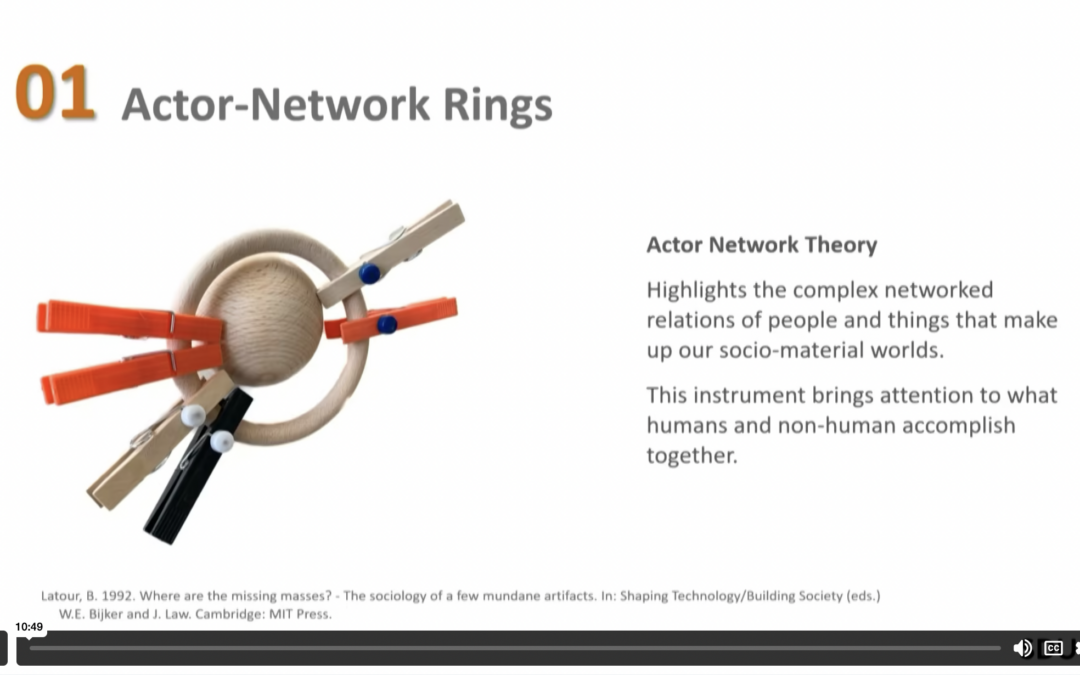

While ethnographers and the data they produce already play a role in affecting industry practices, there is potential to integrate anthropological ways of seeing and knowing into a shared transdisciplinary...
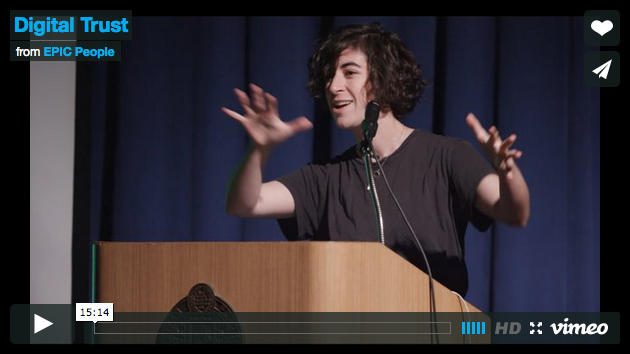
Adoption of digital support services is mediated by varying experiences of trust. This paper deconstructs the notion of trust in technology through a design-led research project on the long-term adoption of a telehealth service – a context at once complex and fragile. The investigated daily...
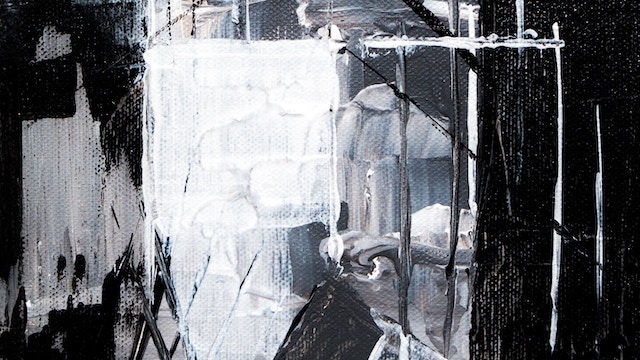
This paper investigates the notion of heterogeneity, inspired by Latour’s work on Actor Network Theory, as a lens for understanding daily work practices in a large service delivery organization. To this end, we present and discuss the findings from an ongoing research where we unpacked how...
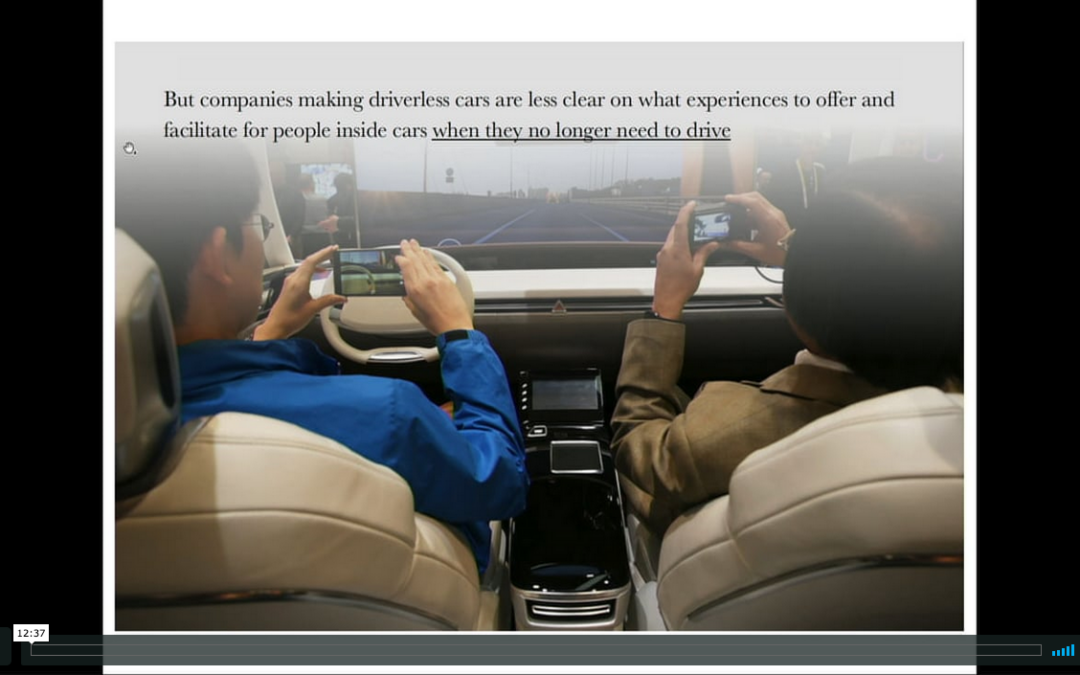
In 2016, we set out to understand the future of driverless mobility—and specifically, how a mobility company can build products and services that will optimize the relationships between people and advanced assistive systems in an increasingly automated future. This case study will shed light on...
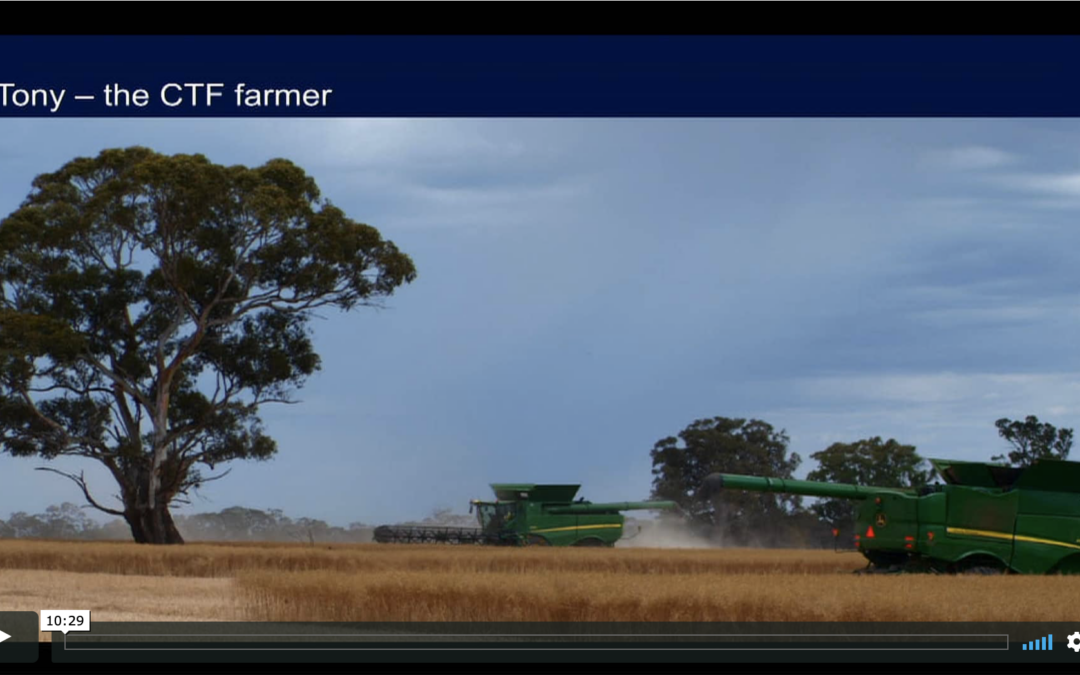
Australian grain growers look to technologies of farming and cropping systems to maximise their productivity. Zero tillage cropping, variable rate inputs, soil moisture probes, and precision planting are a few practices that farmers may adopt to support their farming practices. To implement...
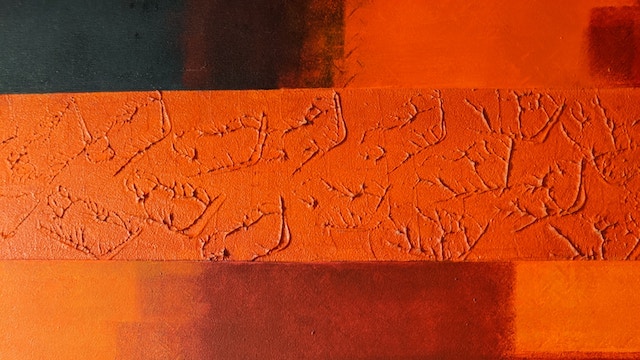
In her presentation to EPIC, Kimbell reflects on how data are visualized and how they are experienced. Drawing on work in the visual arts and design, she considers what practices that seem to be gathering and visualising data are actually doing, from installations such as her project...